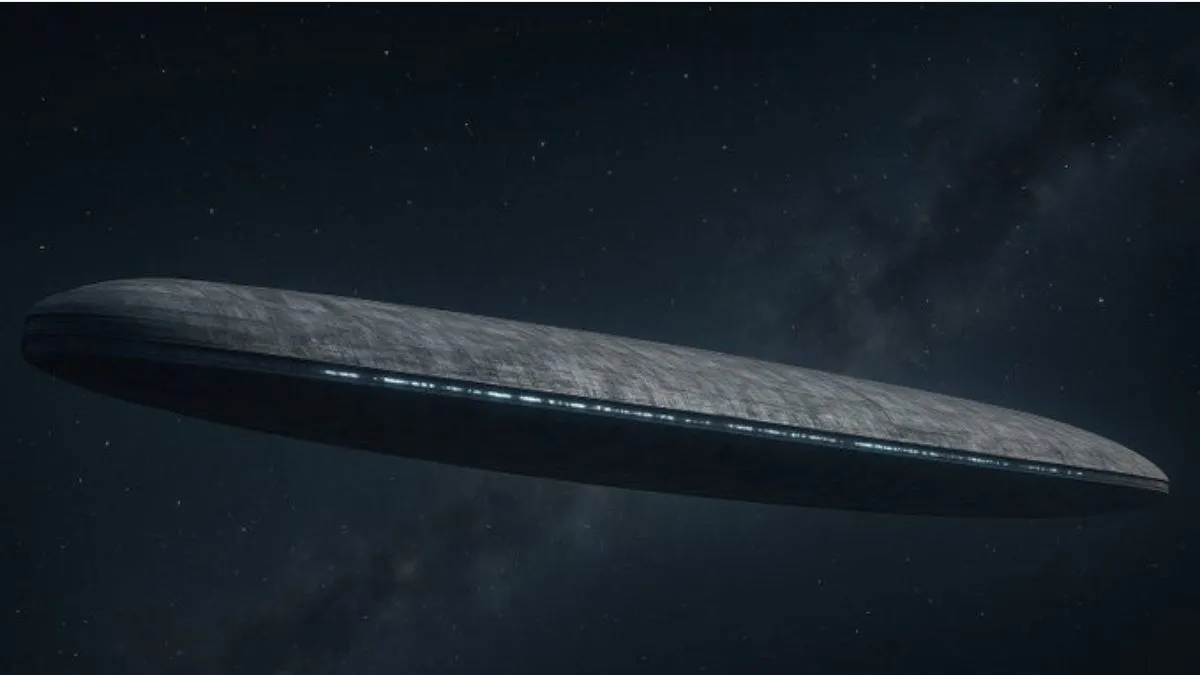3I ATLAS comet:A stunning image claimed to be of interstellar comet 3I/ATLAS, reportedly released by Japan’s space agency, has taken the astronomy world by storm. The visual, allegedly created using spectral and imaging data, is being widely circulated online, though no official confirmation has come from Japan’s space authorities.
A post shared on social media platform X (formerly Twitter) showed the image with the caption: “Japanese space agency releases possible image of 3I/ATLAS based on imagery and spectrum analysis. This is the most realistic image available so far.”
While officials have yet to verify the authenticity, the image has reignited global curiosity around this rare interstellar visitor, which continues to fascinate scientists and skywatchers alike.
Japanese space agency releases possible image of 3I/ATLAS based on imagery data and spectrum analysis. This is the most realistic image available so far. #3IATLAS #nasa #Japan #space #news #friday #BREAKING #aliens #ufo #uap pic.twitter.com/wZrekY5OEb
— ▪️ J.P ▪️ (@NYCryptoKing) November 7, 2025 Discovery of 3I/ATLAS
The 3I/ATLAS comet was discovered on July 1, 2025, by NASA’s Asteroid Terrestrial-impact Last Alert System (ATLAS) telescope in Rio Hurtado, Chile. According to NASA’s Center for Near-Earth Object Studies (CNEOS), its hyperbolic orbital path confirms an origin beyond our solar system.
It is officially the third interstellar object ever detected, following 1I/ʻOumuamua in 2017 and 2I/Borisov in 2019. The “I” in its name denotes interstellar, while “3” marks its sequence of discovery.
Adding to the buzz, China’s Mars orbiter Tianwen-1 recently captured the first close-up images of Comet 3I/ATLAS as it passed near Mars in early October. The comet came within 28 million kilometers of the Red Planet, giving scientists an unprecedented opportunity to study material from outside our solar system. The orbiter’s images revealed a bright coma surrounding a compact icy nucleus — several hundred meters wide — with active gas emissions. These findings suggest a chemical composition different from solar system comets, supporting theories that it formed in a cold, distant star system.
ALSO READ: Mysterious Green Fireball Lights Up Night Sky Over Moscow; Viral Video Sparks UFO Speculations
Alien Theories And Scientific Significance
Speculation of alien technology has emerged following comments from Harvard astronomer Avi Loeb that the unusual trajectory and composition of the comet could suggest it was of artificial origin. However, scientists from both NASA and ESA insist 3I/ATLAS behaves like a natural interstellar comet and not a spacecraft. Researchers believe such objects can reveal the process of forming other planetary systems. Since 3I/ATLAS will never return, its approach offers a once-in-a-lifetime scientific opportunity.
Its closest approach to Earth, about 270 million kilometers away, will occur on December 19, 2025. NASA has confirmed that the comet poses no threat to the planet.
• Observe in the pre-dawn hours, looking toward the eastern sky.
• Use at least an eight-inch aperture telescope, or good binoculars.
• Look for Venus or Spica in Virgo for reference points.
• Its position can be followed with apps like SkySafari, Stellarium, or NASA‘s Eyes on the Solar System

